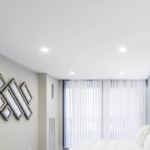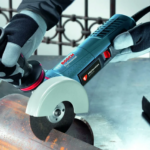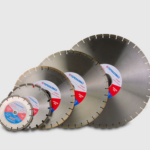Any building lined with composite aluminum panels acquires an attractive and representative appearance. Especially if the structure of the structure contains architectural protrusions in the form of half -columns, columns or cornices. But in order to linen such elements, it is necessary to properly process composite aluminum products.
Bast of the material along the milling processing line
The technology for processing facade composite material is based on the implementation of the main actions:
· Cut the aluminum composite sheet (automatic transmission), adjusting the desired parameters;
· Milling of the fold lines – subsequently allows you to perform an accurate bend of the material manually or using a metal profile;
Carrying angles and loops to fix the panels.
Composite facing products with one decorative side, the easiest way to adjust to the desired parameters using a circular saw. Products with two front sides – using a manual type circular.
At the same time, you need to work carefully, so that the products of the cut do not damage the decorative surface. Aluminum composite panels are used in many modern designs and practical in every building that you can meet by walking around the city.
It is undesirable to use an aluminum composite for cutting an aluminum composite, since the quality of the cutting will be worse. The basic rule that must be observed during cutting is reduced to observing the perpendicularity of the angles and the straightness of the cut.
Bastard of automatic transit preparations according to the radius
Valtsovka of composite aluminum panels allows the product to provide an arc shape, which makes it possible to easily repeat the rounded bends of chimneys and protrusions of buildings.
Obtaining a radius of internal bend with a minimum size depends on the degree of combustibility of the filler of the composite panel:
· для фасадной АКП с заполнителем класса Г1 – изгиб равняется 300 мм;
· For composite facade cladding with a class G4 – 250 mm.
In the process of rolling the material, a gyvis roller installation is used with 3 rollers, which allow you to provide bends with the maximum radius. The bending angle depends on the size of the diameter of the rollers and the working interval between them.
Radius bastard of automatic transmission blanks passes in several stages of rolling – forward and backward. The volume of work depends on the necessary radius of the inner arc. If the bending force on the product is gradually, the processed material more accurately reproduces the shape of a cylindrical surface.





